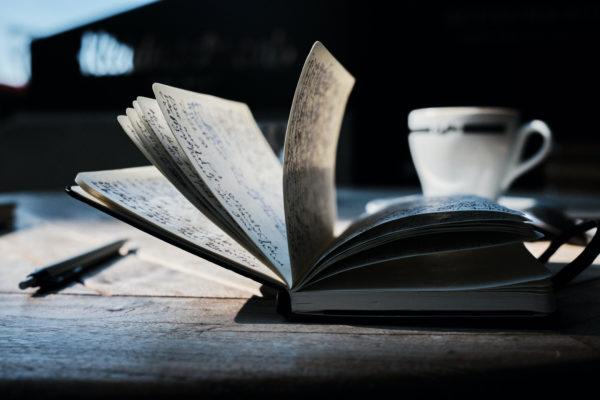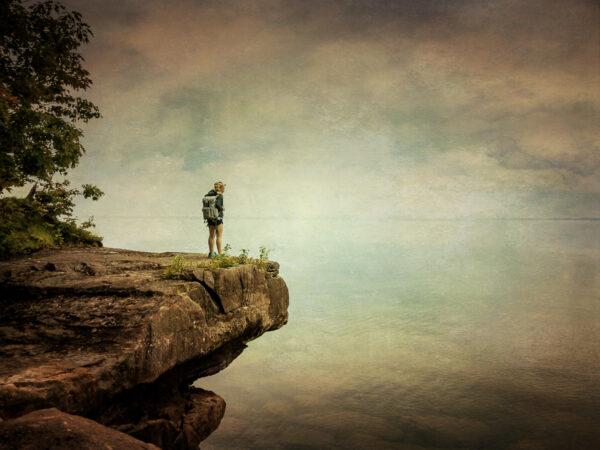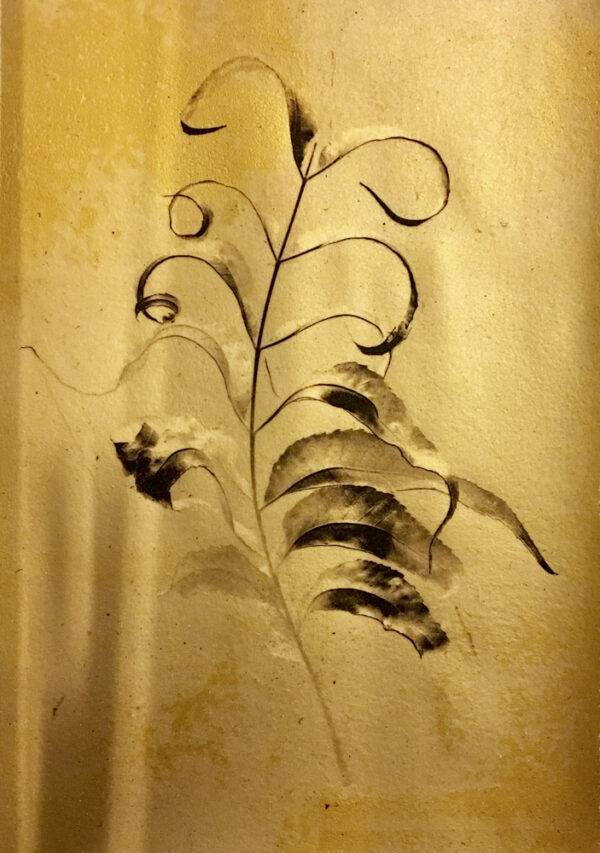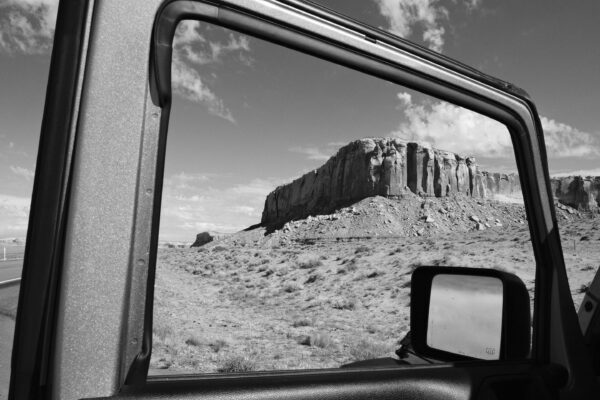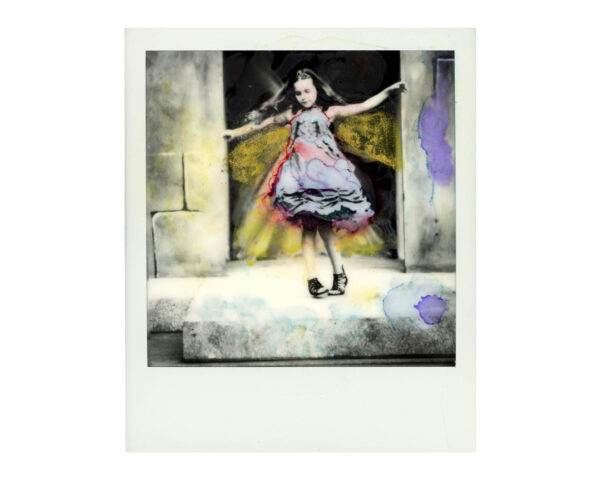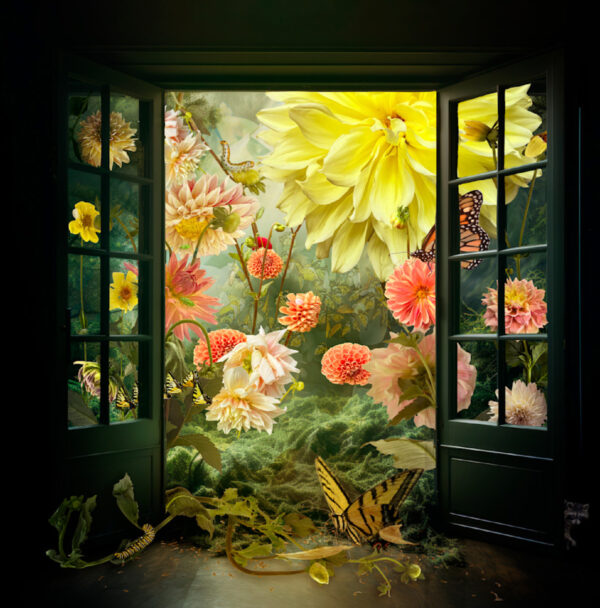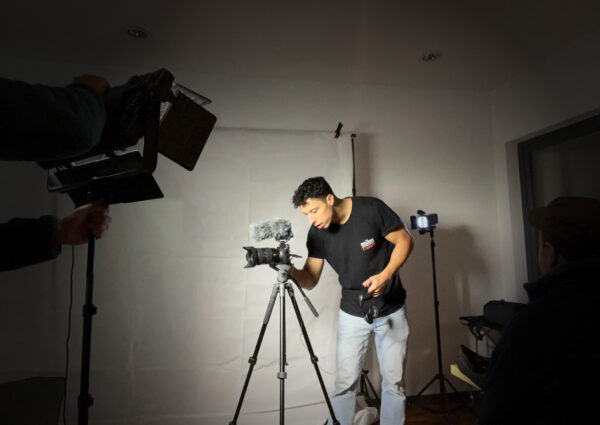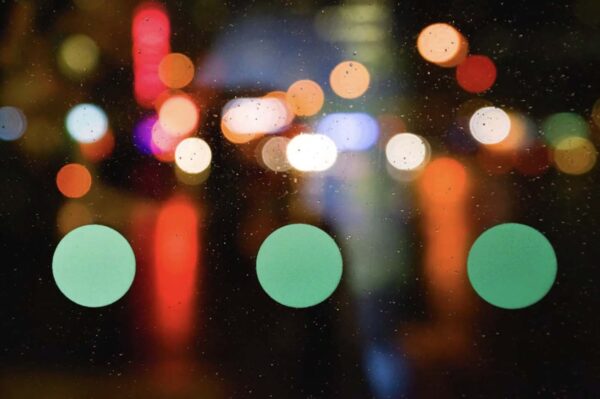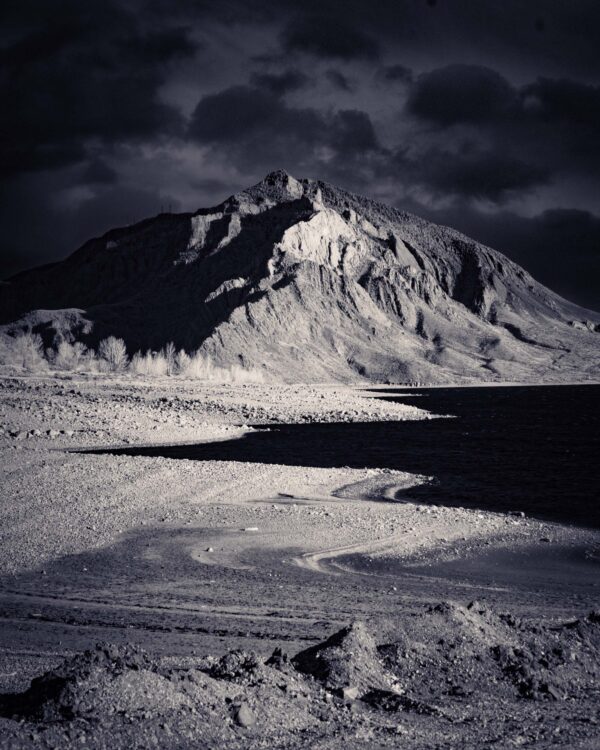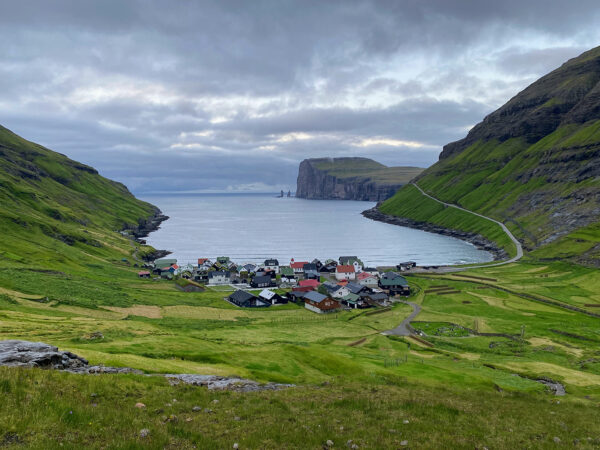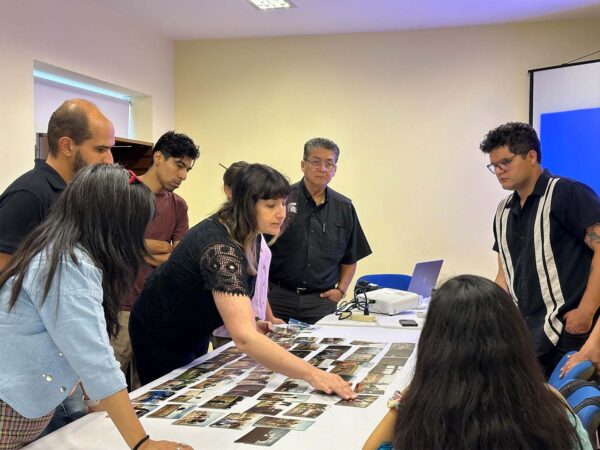The Art of Composition—Reimagined
with M. H. Rubin
Online registration for this program has closed. To check availability, find out about future dates, or if you would like further information, please call 505-983-1400 ext. 111. Also, get the SFW E-Newsletter for updates!
Sign-up for the Newsletter:
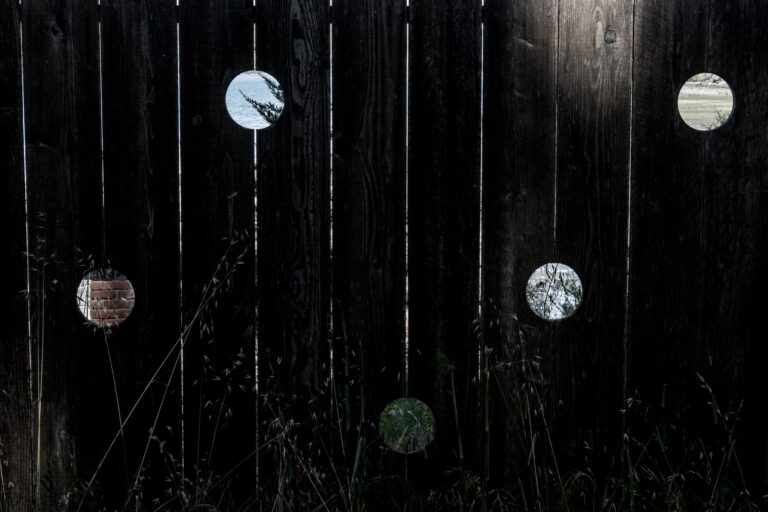
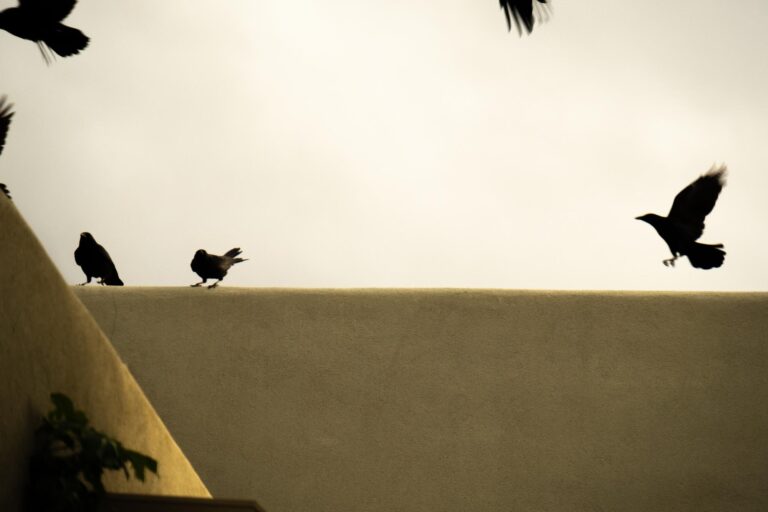
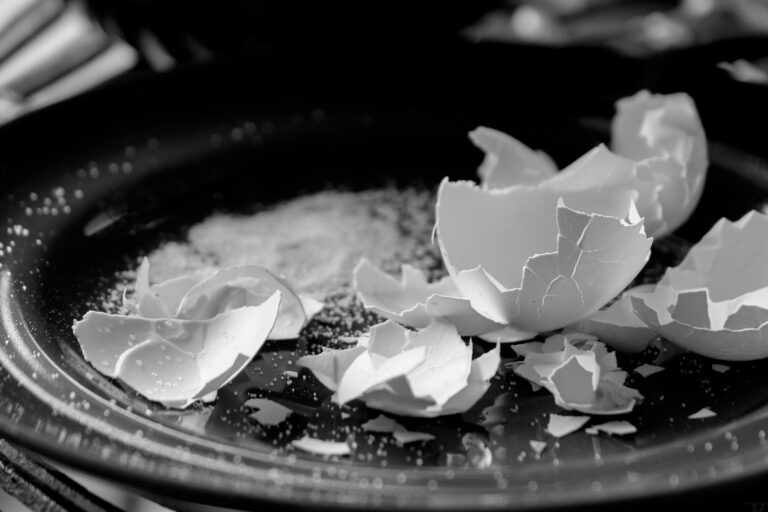
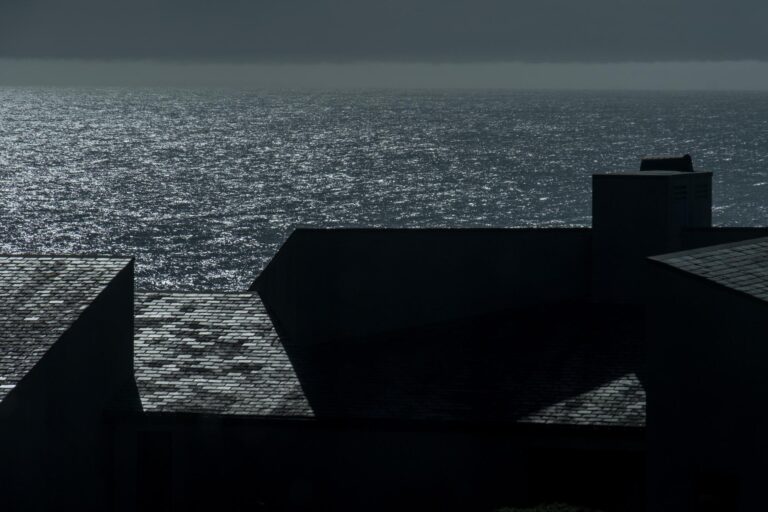
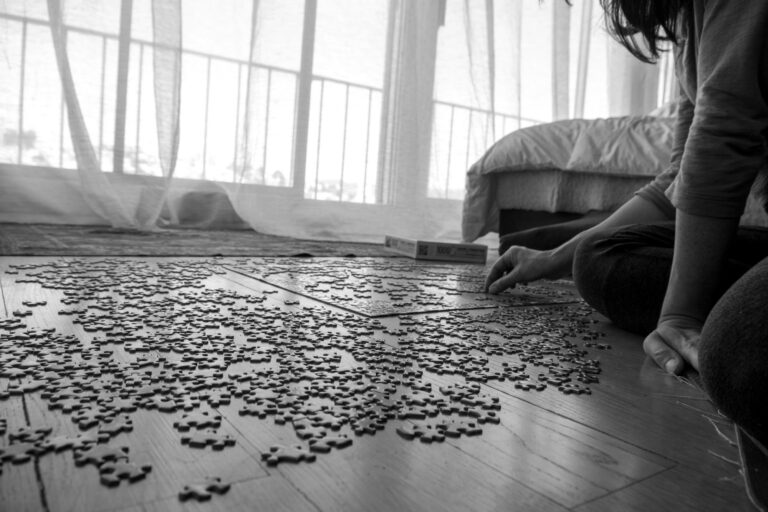
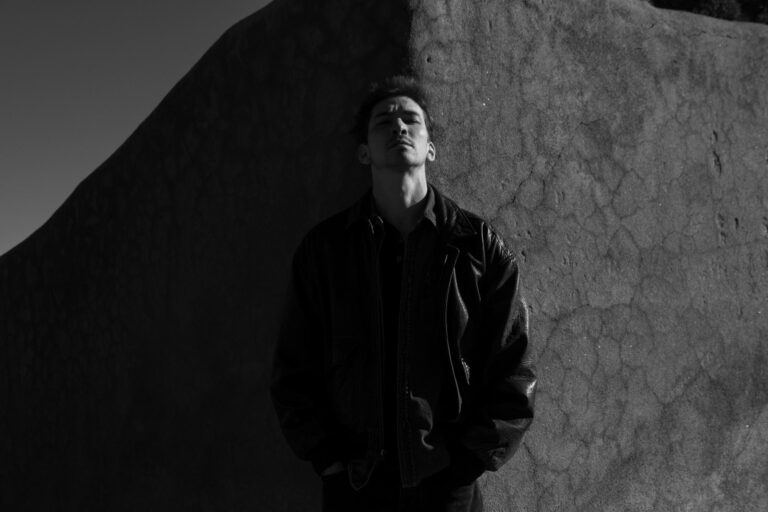
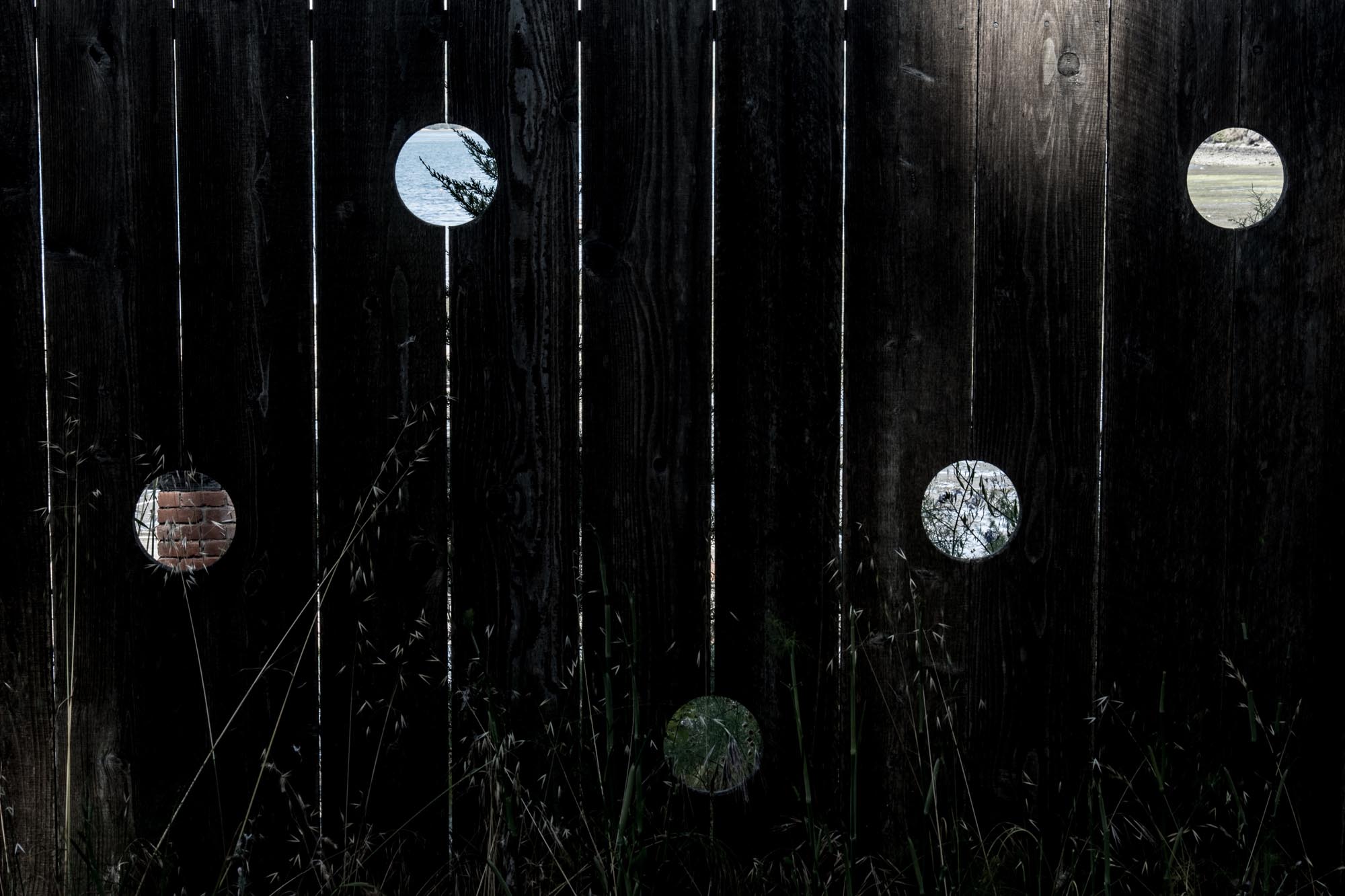
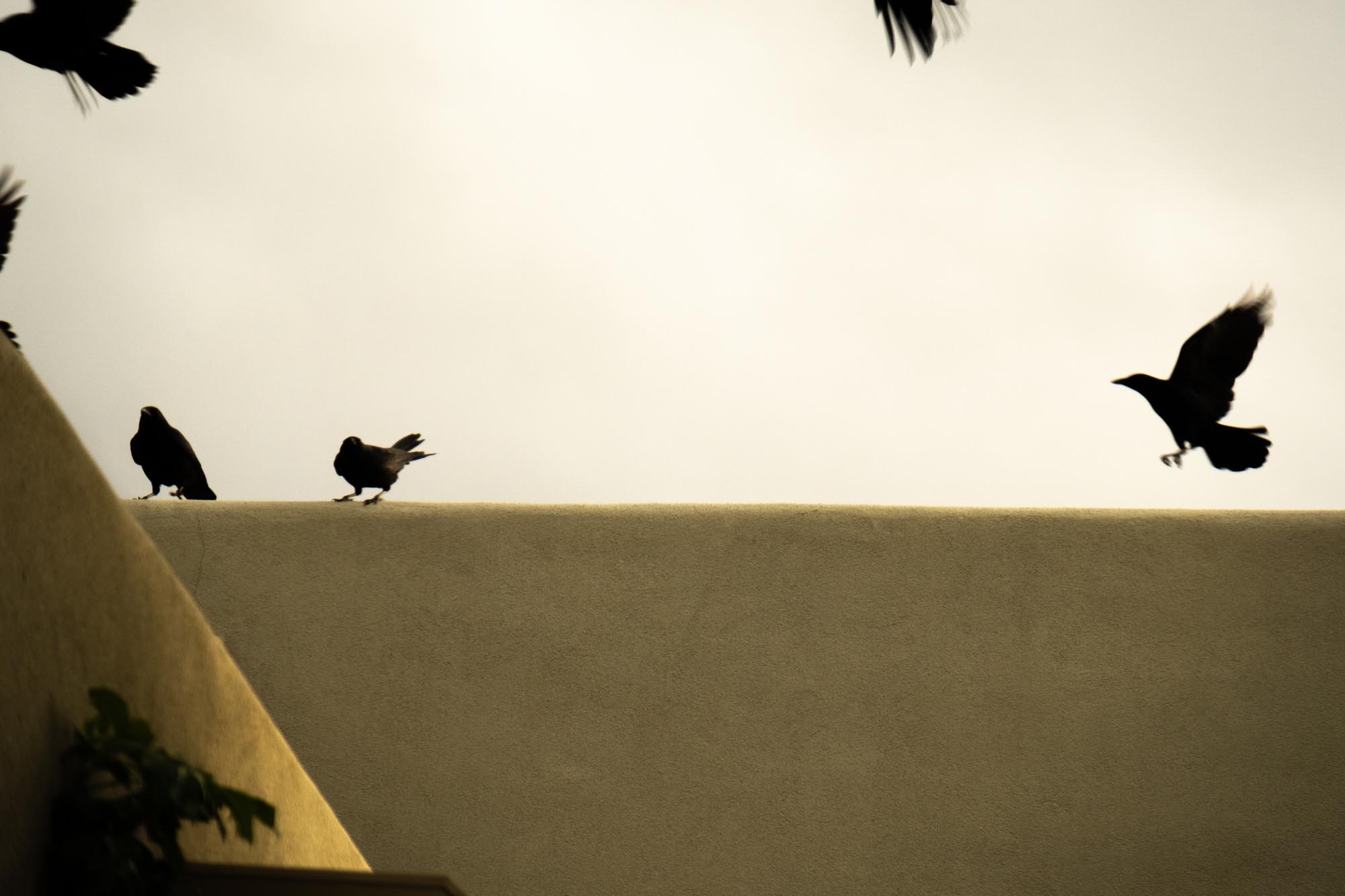
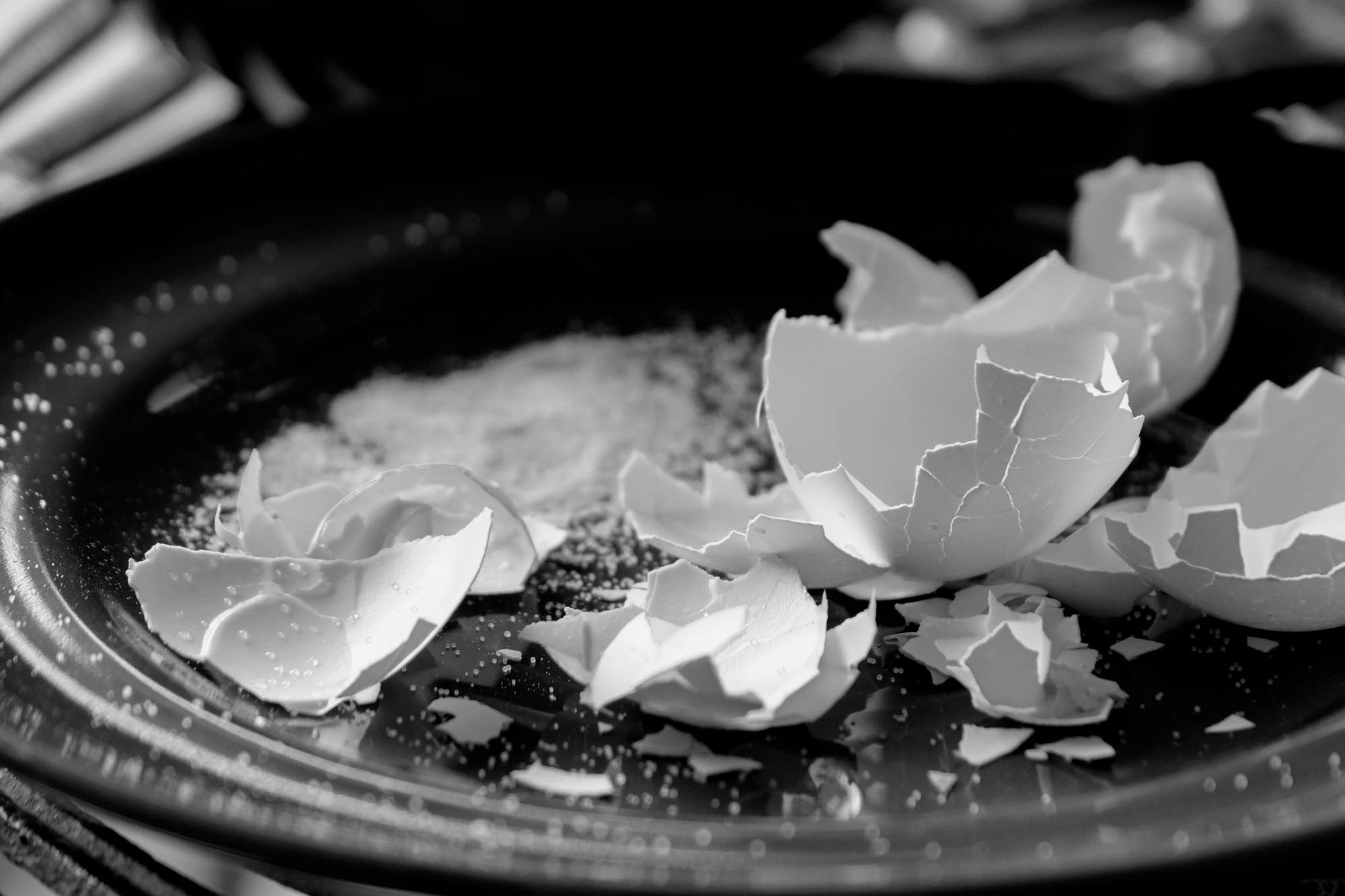
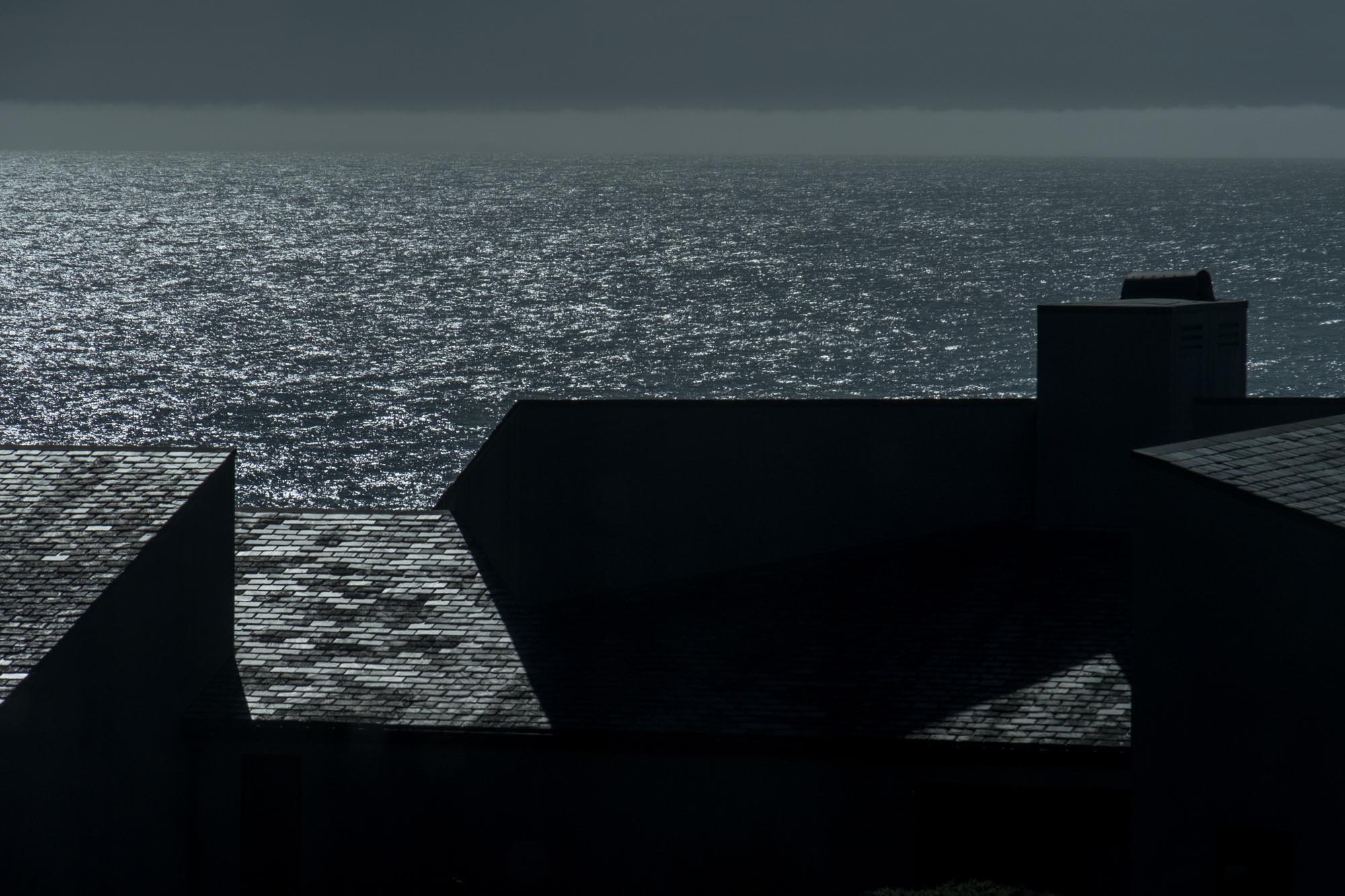
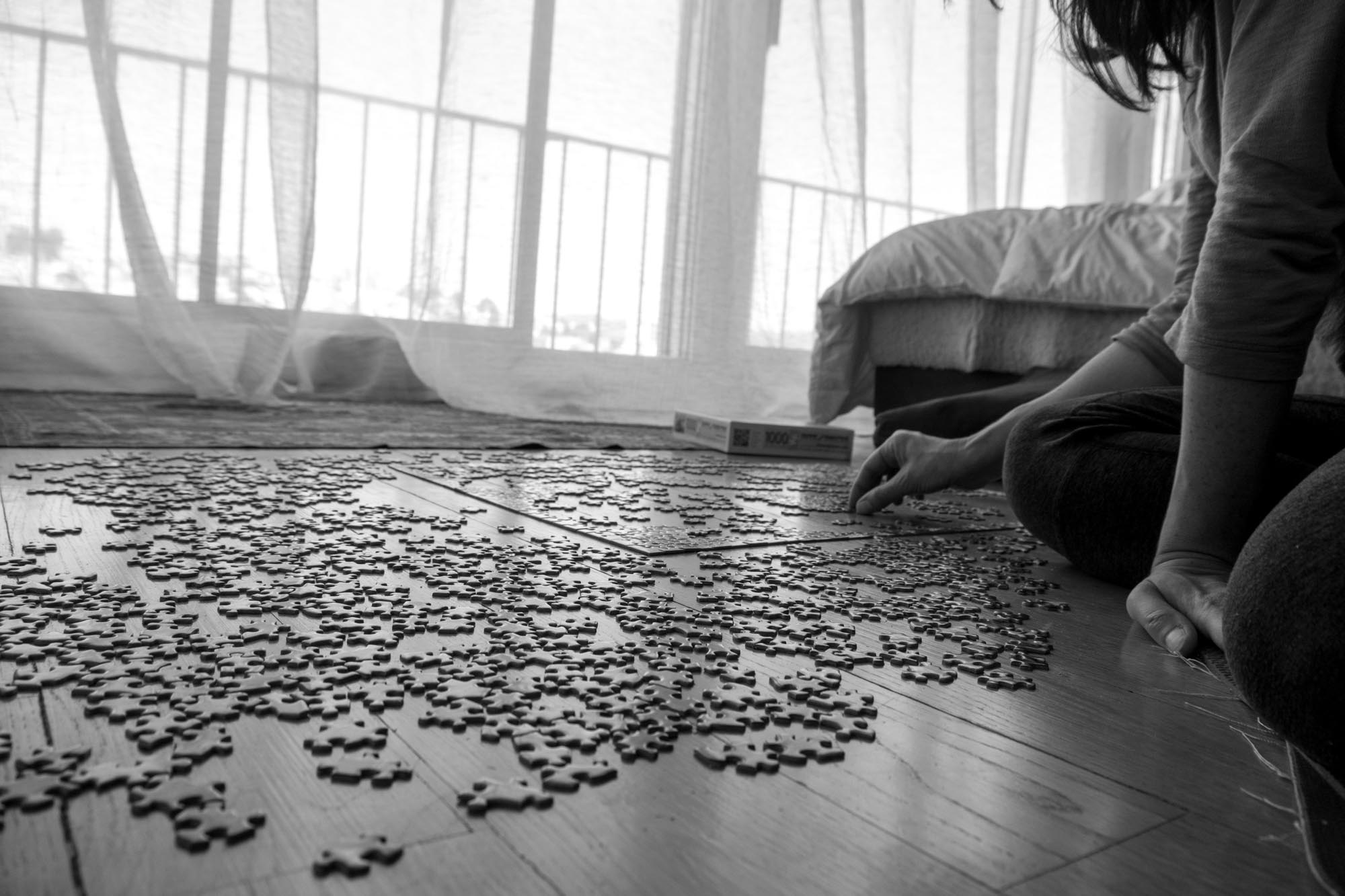
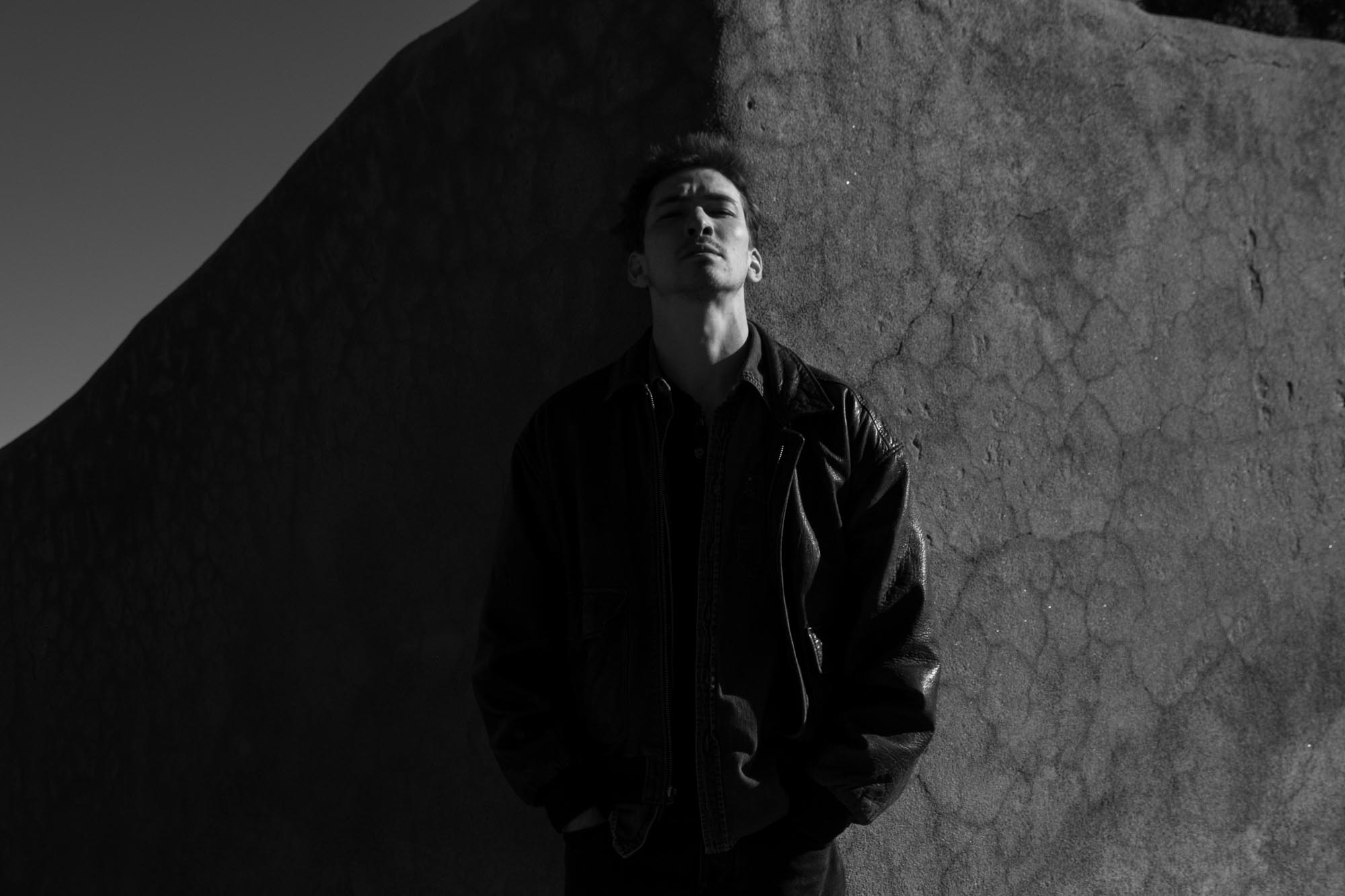






Course Description
Every photograph is a singular composition. Explorations of composition underlay all subject matter, whether portraits, landscapes, still-life, or documentary works. Composition is the photographer’s avenue to organize the chaos of light ‘out there’ into a harmonious tableau. And it’s not just about aesthetics, as compositional control is also how a photograph tells a story. So, while aperture, shutter speed, and ISO are tools to help manage simplicity, composition entirely lies in the eye.
When so much of composition is a feeling, exploring composition can be vague, typically reduced to discussions of “leading lines” and principles like the “rule of thirds.” These lessons are suggested as guidelines, but in fact, these are not the way photographs are composed. In the realm of painting or digital art, the artist has control over every element’s placement. By contrast, photographers must reveal order in the existing scene, composing their images in real time, which requires a more challenging practice.
This new online workshop with visual artist M. H. Rubin offers a different approach to composition. Together we dig into rhythms and narratives in our frames—no matter what the subject matter. Ikebana, the Zen art of flower arrangement, can offer interesting insights into photographic composition. Its expressions of formality, symbolism, line, and the weight of empty space are all applicable to the photographic frame. We can also glean insights from understanding the human visual system, and the way the brain processes information.
Our workshop delves into the history of photographic composition. We study a range of classic images through the lens of composition, from the formally structured to the seemingly chaotic. We examine works by renowned photographers—Callahan, Kenna, Cunningham, and dozens of others. Through historical context and practical application, we learn that no gimmick or technique surpasses the necessity (and fun) of reimagining the art of composition.
Additional Information
WHO SHOULD ATTEND:
What You Should Know:
Working knowledge of digital workflow. Participants must be able to download and select images using image editing software for class sessions.
Policies:
View Withdrawal and Transfer Policies for online programs.
For the convenience of participants, recordings of each class session are posted privately for one month after the end of each session. Santa Fe Workshops takes the recordings down after one month to protect the intellectual property of our instructors.
Categories
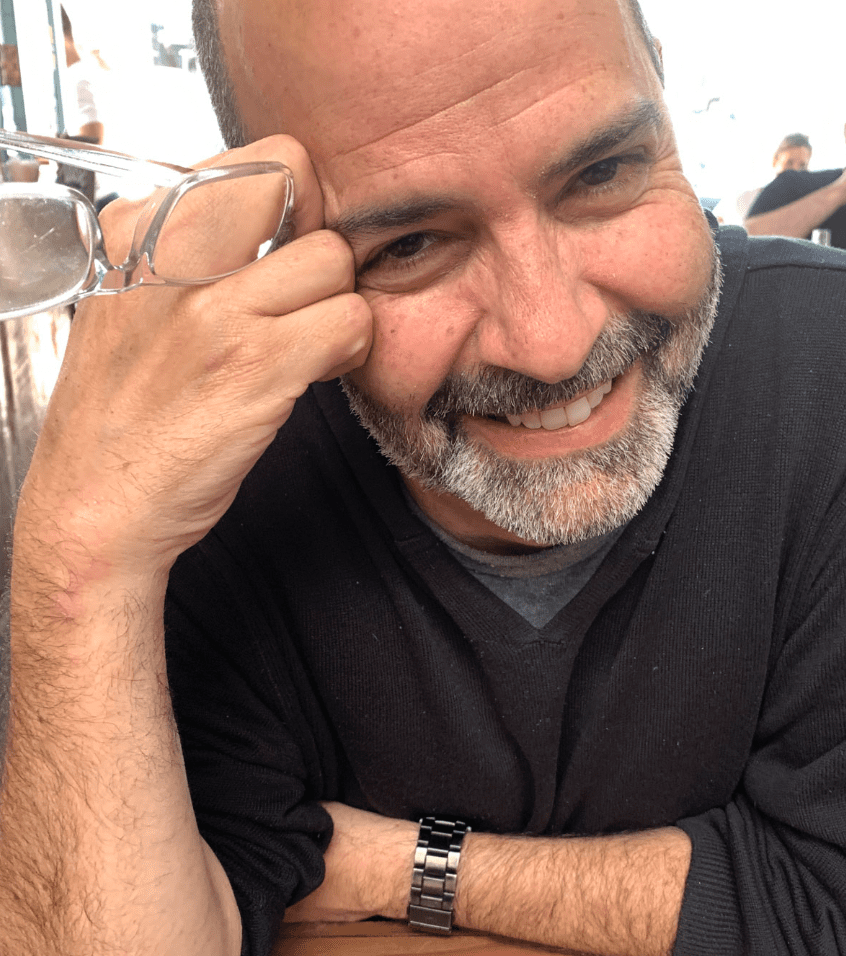
about
M. H. Rubin has been a photographer and collector for more than 40 years, recently relocated to Santa Fe after decades in the Bay Area. As a young protégé of Jerry Uelsmann, he began by creating images that were surreal. Over time he developed a practice that was “pure seeing” and unmanipulated. Today Rubin embraces the passion of the amateur and evangelizes photographic exploration for everyone. He manages a large photo collection of classical 20th-century works, always incorporated into his workshops, and has spent the past years developing this new curriculum in photographic education. His book The Photograph as Haiku was released in 2023.
Concurrent with photography, he has had an entrepreneurial career that has spanned industries such as publishing, consumer retail, entertainment media, and technology. Career highlights include Lucasfilm, Netflix, and Adobe. He has had editing and post-production roles on numerous television and movie projects, including the miniseries “Lonesome Dove,” and the Bertolucci feature “The Sheltering Sky.”
Rubin has a degree in neuroscience from Brown University. He is a colorful storyteller and entertaining educator, the author of hundreds of essays, and a dozen books primarily on filmmaking—including a history of Lucasfilm and Pixar, Droidmaker: George Lucas and the Digital Revolution.
Website: byrubin.com
Medium: neomodern.medium.com
Instagram: @droidmaker


